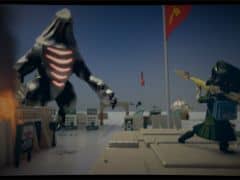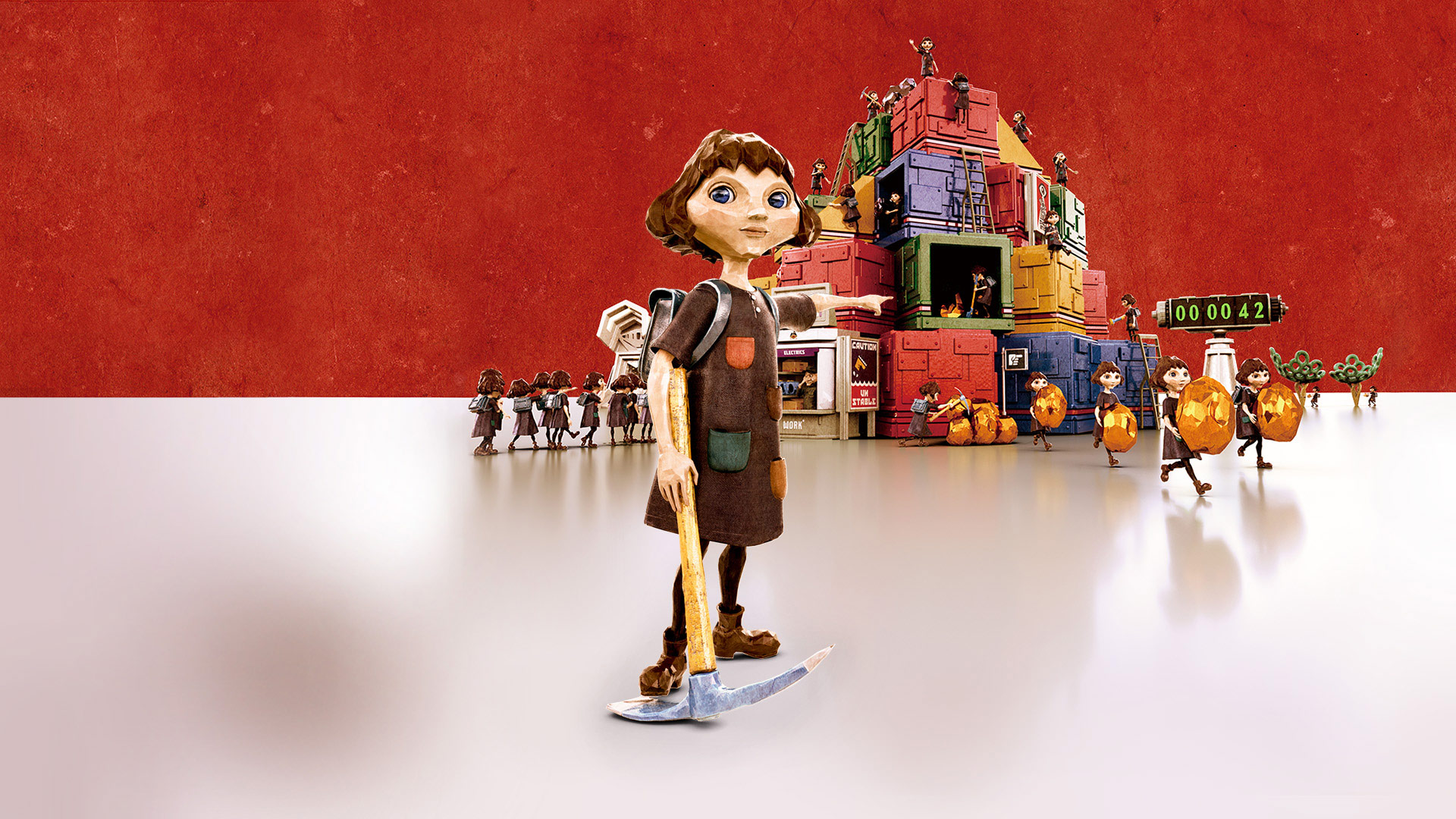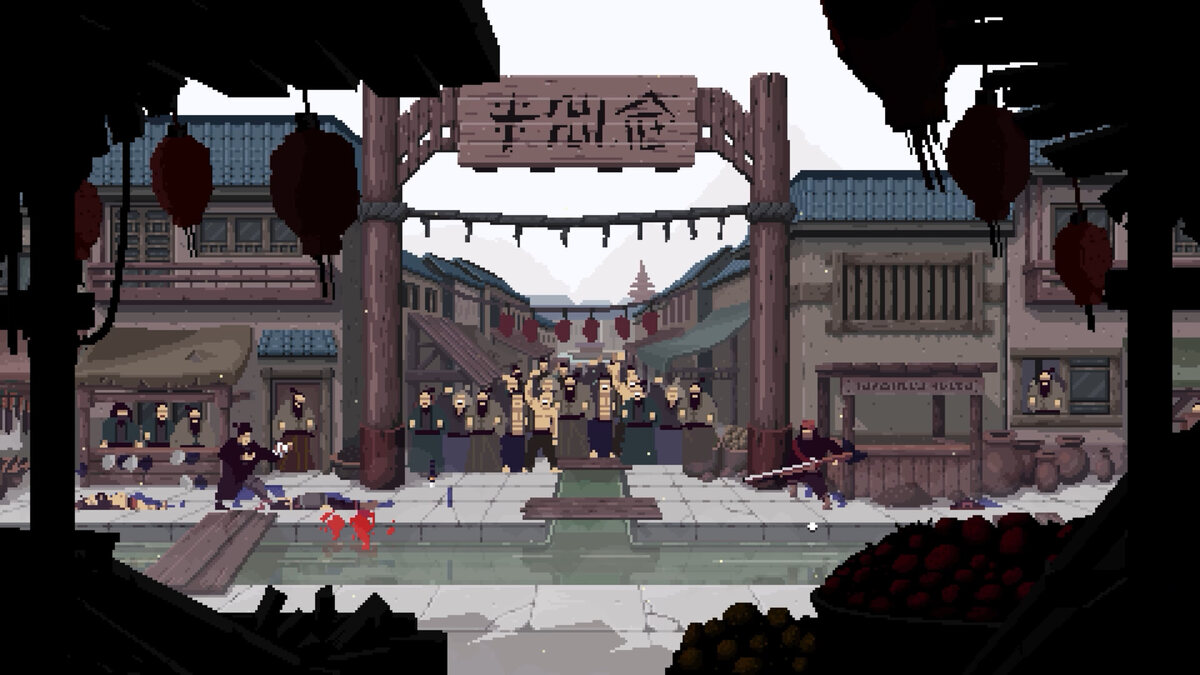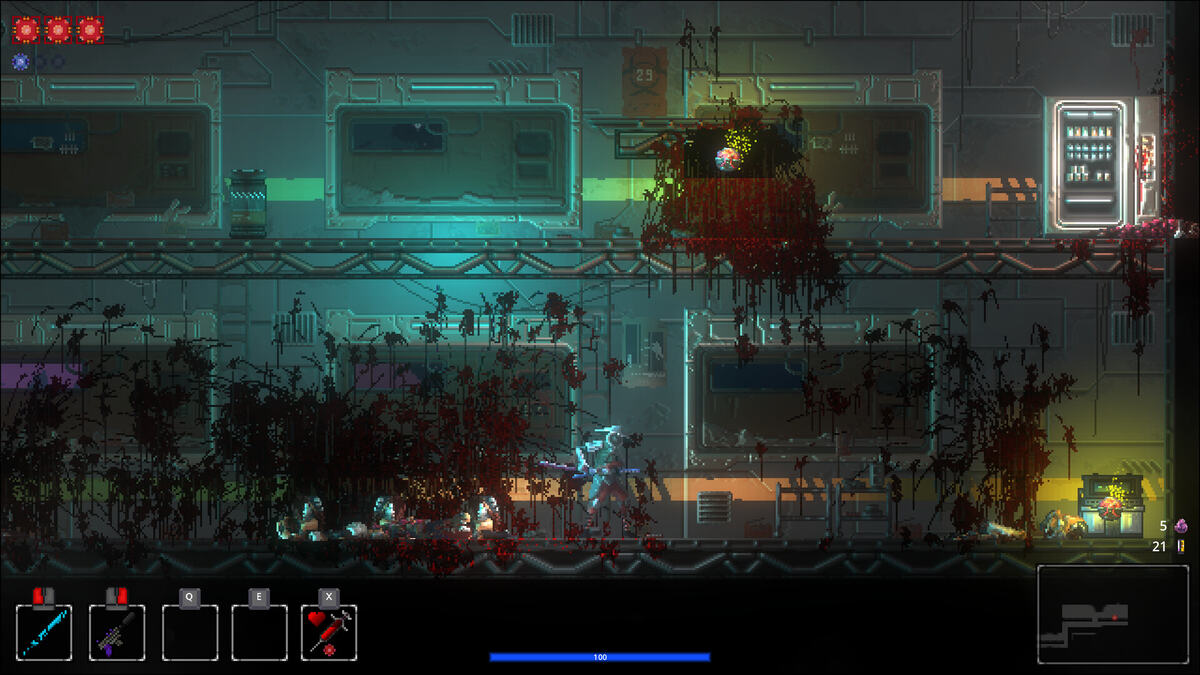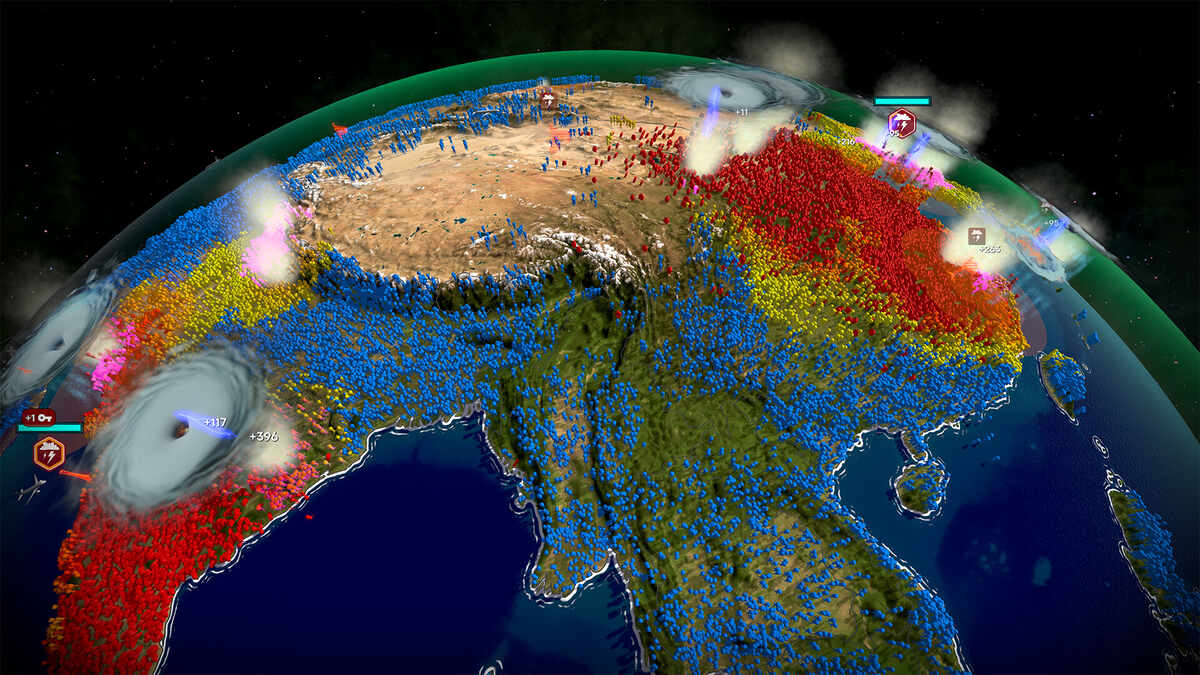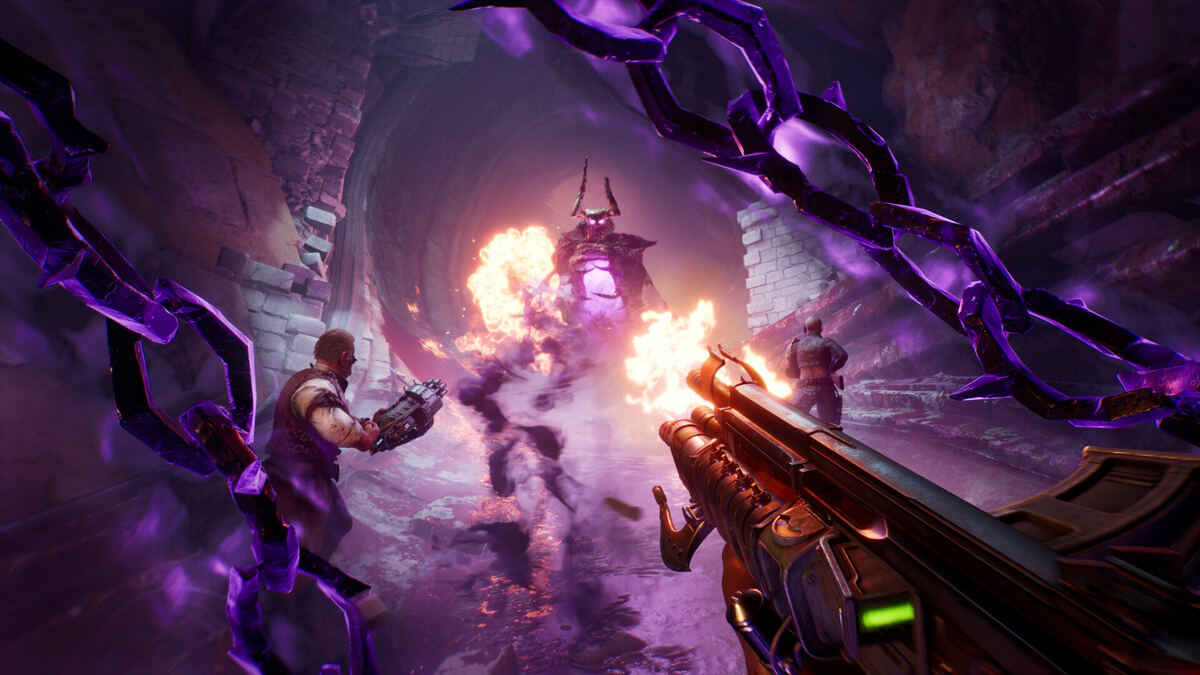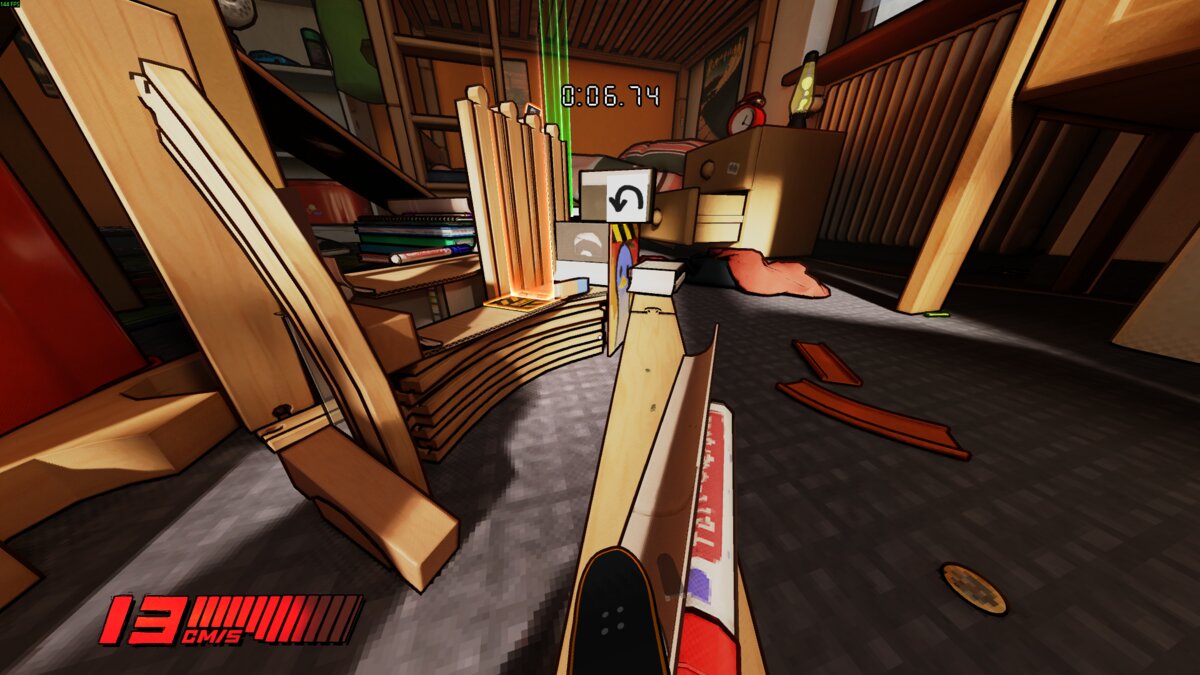You can trust VideoGamer. Our team of gaming experts spend hours testing and reviewing the latest games, to ensure you're reading the most comprehensive guide possible. Rest assured, all imagery and advice is unique and original. Check out how we test and review games here
The Tomorrow Children was the most unusual and enigmatic game to come out of Gamescom last week; a sandbox of building, rescuing, exploring, fighting and resource gathering wrapped in an overtly communist aesthetic. Developer Q-Games struggled in its behind-closed-doors presentation to concisely sum up what it actually is, instead relying on the diplomatic ‘it’s whatever you want it to be’ tact.
What is clear, however, is the ambition. Essentially, the goal is to provide complete freedom across a world built up of a multitude of towns, islands, transport systems and attacks from monsters big and small. Every player is part of town, every town grows in line with what its players do and how hard they work. The exact number of players that can populate each town has yet to be nailed down, but the goal is to achieve ‘between 50 and 100’.
There’s a catch, though. You’re not actually a human, you’re a clone built specifically to go out into the wilderness to gather items for the town to consume and, most importantly, search for the last remaining humans that have been trapped inside Russian Dolls following a post-apocalyptic event.
The more humans you find and rescue, the faster your town grows and the more resources it needs to keep things ticking over. In other words, the more successful you are at rescuing humans the harder it becomes to look after them and keep them satisfied. Anyone that has worked in a school will surely sympathise. There is no traditional ‘win state’, you simply continue growing your town in the most efficient way possible while ranking your success against the efforts of other towns and their populations.
While you’re free to act and do as you wish, we’re told the optimum means to town growth is to coordinate your efforts with other players and dish out the responsibilities. Some players will need to leave town to mine for basic resources, others will need to search for humans, some will need to stay behind to build new structures and others still will need to defend against monsters.
It’s possible for your entire town to be destroyed by monsters that attack without warning and at random. If that happens you’ll have to move to a new one and start over again.
/https://oimg.videogamer.com/images/2f20/tomorrowchildren_02.jpg)
Defensive weapons can be built to protect the town, with everyone having to work together to defeat some of the largest examples – including something that looked remarkably similar to Godzilla. Splitting your gathered resources between town growth and defence will be a key balance to get right.
The backstory to all of this is a failed Soviet scientific experiment to blend human reality into a single, cohesive psychic force. Needless to say the experiment failed and humanity instead became trapped in the ambiguous ‘Void’, which are the areas of the world you must travel to in order to save them. As a partially connected consciousness, humanity experiences synchronized nightmares that are strong enough to create the giant monsters in the real world.
That idea of a shared experience runs through everything Tomorrow Children is trying to achieve. Whether it achieves it or not will, we’re sure, be debated vivaciously come its TBA release. What can’t be questioned is the sheer scale of ambition here and for that alone it’s a game worth paying some attention to… even if we’re still not sure exactly what it is yet.
